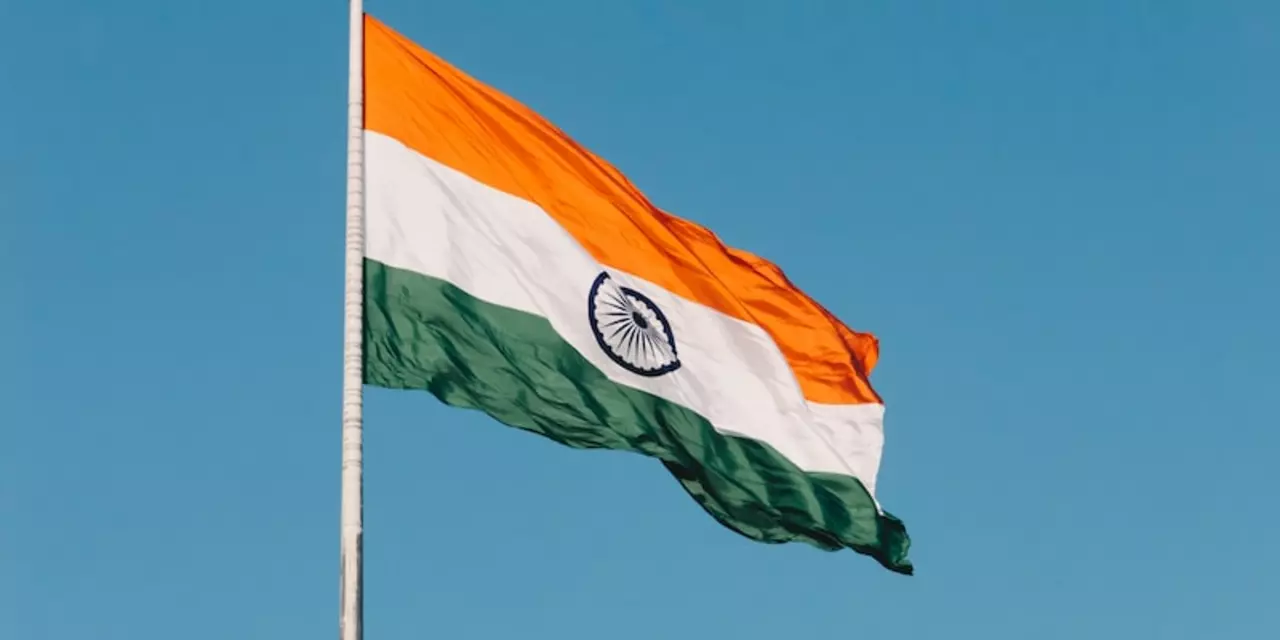Rulers for Civil Service Exams – What You Need to Know
If you’re aiming for a top rank in any Indian civil service exam, you’ll soon find that questions on kings, queens, and dynasties keep popping up. Knowing who ruled when, what they achieved, and how they shaped policy is not just trivia – it’s a core part of the history and polity sections. The good news? You don’t have to memorize endless lists. With a few smart tricks, you can turn the ruler roster into a clear, easy‑to‑recall story.
Why rulers matter in the exam
The exam wants to test more than dates. It checks whether you understand cause‑and‑effect, how a ruler’s reforms influenced society, and what lessons modern policy can draw from the past. For example, a question on Ashoka’s Dhamma isn’t just “when did he rule?” – it’s about the impact on governance and social harmony. Similarly, the Mughal land revenue system under Akbar shows how fiscal policies evolved. By linking each monarch to a key reform or event, you answer both factual and analytical parts of the paper.
Easy ways to remember dates and facts
1. Chunk the timeline. Break history into eras – Ancient, Medieval, Early Modern, and Post‑Independence. Within each era, group rulers by dynasty. This reduces the mental load from a long list to a few manageable blocks.
2. Use mnemonic sentences. Create a short, catchy phrase that includes the first letter of each ruler’s name in order. For the Gupta empire, “Chandra, Samudra, Vishnu, Chandragupta” becomes “Cool Sun Vibes Chill”. The sillier it sounds, the easier it sticks.
3. Map rulers to landmark events. Instead of memorizing 320 BC, link Chandragupta Maurya with the founding of the Mauryan Empire and the battle of the Hydaspes. When you think of the battle, the ruler's name pops up automatically.
4. Visual flashcards. Write the ruler’s name on one side and three bullet points – reign years, major achievement, and a modern parallel – on the other. Review them daily; the quick recall builds confidence.
5. Storytelling. Turn each dynasty into a short story. Imagine Akbar as a tolerant leader who held a grand court – the “Ibadat Khana” – and visualize him inviting scholars from different faiths. Stories stick better than sterile facts.
6. Connect to current affairs. When the news mentions a new policy on land reform, recall the Mughal ‘Zabt’ system. This bridge helps you answer answer‑writing questions with real‑time relevance.
7. Use official UPSC resources. The NCERT textbooks and ARC (Annual Review Compendium) give concise timelines. Highlight the ruler’s name, then add a sticky note with a quick note – “Ashoka: Dhamma, pillars, peace”.
Finally, test yourself with past-year question papers. Spot the pattern – the exam loves to ask about rulers who introduced administrative reforms or large‑scale infrastructure. Knowing these patterns lets you focus your study on the right names.
Remember, the goal isn’t to become a history professor; it’s to have enough grip on rulers to slot them into bigger concepts. With the tricks above, you’ll turn a daunting list into a handy toolkit that boosts both your factual accuracy and analytical depth.
Ready to start? Grab a notebook, write down the major dynasties, add a mnemonic, and watch your confidence grow. The ruler section will no longer feel like a wall of names – it’ll become a clear roadmap to ace your civil service exam.
Posted by
Arvind Suryavanshi
0 Comments

The article looks at the timeline of rulers in India during the life of Jesus Christ. During this period, the Maurya Empire was the primary ruling force in India, having been established in 322 BC. They were followed by the Sunga dynasty in 185 BC, and then the Kanva dynasty in 75 BC. After this, the Gupta Empire came to power in 320 AD, but were eventually replaced by the Vakataka dynasty in the mid-3rd century AD. The last major ruling force before the arrival of the British were the Mughals in the 16th century. In summary, the major ruling forces in India during Jesus Christ's timeline were the Maurya, Sunga, Kanva, Gupta, Vakataka, and Mughal Empires.
read more